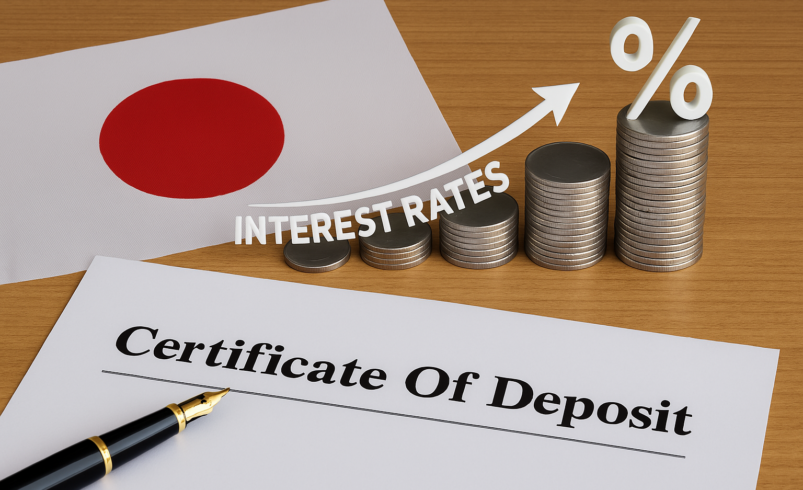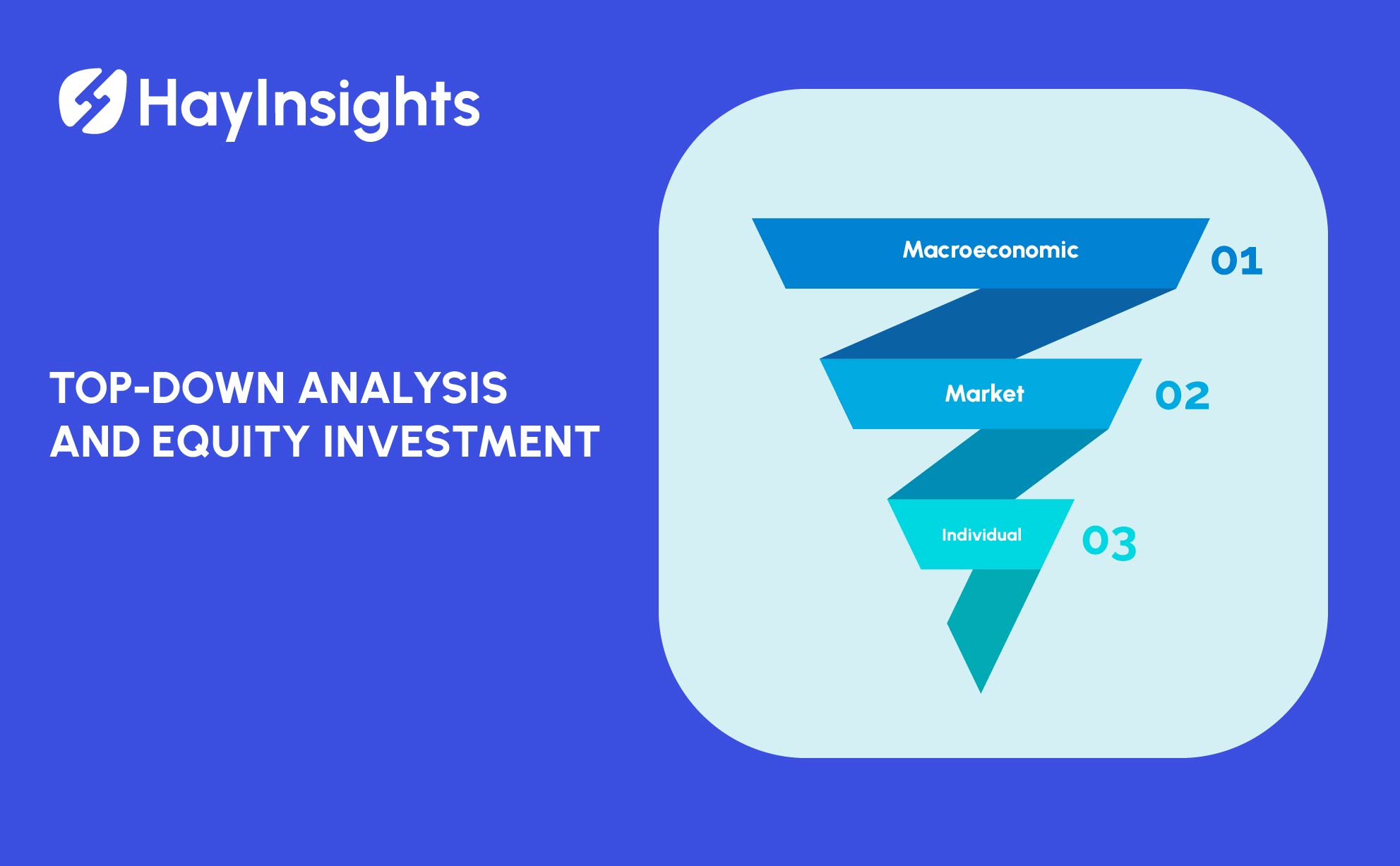
日本の譲渡性預金金利2025年最新版:投資家にとって貴重な洞察
2025年、日本は金融史における転換期を迎えています。数十年にわたり、日本はデフレ圧力と経済停滞に苦しんできたため、 国の中央銀行である日本銀行(BOJ) 超低金利、さらにはマイナス金利の導入を迫られました。これらの政策は、高利回りよりも安全性を求める保守的な投資家にとって定番の預金である譲渡性預金(CD)を含む、あらゆる貯蓄手段に直接的な影響を与えました。現在、インフレ率が日銀の長年の目標である2%を徐々に上回る中、日本の譲渡性預金金利には、静かに、しかし意味のある変化が起こっています。
CDは金融機関が提供する期間指定の預金商品で、所定の期間にわたって固定金利が提供されます。世界的には普及していますが、日本では非伝統的な金融政策の影響で、長らく低利回り商品と見なされてきました。しかし、日銀が徐々に政策正常化へと舵を切りつつある中で、特に円リスクをヘッジしたい機関投資家や海外投資家の間で、CDへの関心が再び高まっています。
マイナス金利の終焉:転換点
日銀は2024年初頭まで、包括的金融緩和戦略の一環として、短期政策金利をマイナス0.1%に維持していました。しかし、消費者物価の持続的な上昇と労働市場の改善を受け、政策金利の引き上げに着手しました。2025年第1四半期には、政策金利は2008年の金融危機以来の高水準となる0.5%に達しました。
この変化は緩やかではあるものの、預金商品への上昇圧力を引き起こしています。金融機関は現在、CDを含む様々な貯蓄商品の利回りをわずかに引き上げています。世界のベンチマークと比較するとまだ緩やかな水準ではありますが、伝統的に安定性が利回りよりも重視されてきた日本において、譲渡性預金金利の上昇は注目に値します。
2025年のCD金利範囲
2025年第2四半期現在、市場は慎重ながらも楽観的な見通しを示しています。現在日本で利用可能なCDの平均金利の内訳は以下の通りです。
| 任期の長さ | 典型的なCDレート(2025年) | 注記 |
|---|---|---|
| 3ヶ月 | 約0.10%~0.25% | 主に機関投資家層 |
| 6ヶ月 | 約0.20%~0.35% | 小売CDは入手可能だが、利回りは若干低い |
| 1年 | 約0.30%~0.60% | インフレ期待によるわずかな上昇圧力 |
| 2~3年 | 約0.50%~0.85% | 大手都市銀行でよく提供される |
| 5年 | 約0.80%から1.10% | 日本の外資系銀行はわずかに高い利回りを提供する可能性がある |
これらの数字は欧米の貯蓄者にとっては控えめに思えるかもしれませんが、日本の貯蓄環境における大きな変化を表しています。さらに注目すべきは、金融機関の種類や顧客プロファイルによって金利に差があることです。
機関投資家向けアクセスと個人投資家向けアクセス
日本のCDの大部分は、数百万円を超える大口預金向けに設計されています。この特徴は当然のことながら、個人貯蓄者よりも、年金基金や大企業などの機関投資家に魅力的です。都銀や外資系金融機関は、より広範なバランスシートと多様な資金調達戦略を活用し、最も高い金利を提供する傾向があります。一方、地方銀行は、地域特有のリスクプロファイルと顧客基盤を反映し、より控えめな利回りを提供しています。
個人投資家はCDを利用できますが、選択肢は一般的に短期と低利回りに限られています。とはいえ、金利が徐々に上昇するにつれて、特に退職を控えている人や、世界的な市場変動の中で元本保証型の貯蓄手段を求める人を中心に、CDを検討する消費者が増えています。
マクロ経済への影響
日本の譲渡性預金金利の緩やかな上昇は、個人金融だけにとどまらない影響を及ぼします。まず、貯蓄行動の変化を示唆しています。高い家計貯蓄率で知られる日本の資産配分は、国内でより多くのチャネルに分散され、海外への利回り追求の圧力が軽減される可能性があります。
さらに、銀行によるCD発行の増加は、信用供与の状況を微妙に変化させる可能性があります。預金資本を確保するためにより多くの費用を負担する金融機関は、特にリスクの高いセクターに対して、融資においてより選別的な姿勢を取るようになるかもしれません。これは特定の信用市場の流動性を引き締め、日銀が公然と積極的な利上げを行わずにインフレを抑制しようとする目標を間接的に強化する可能性があります。
外国人投資家の視点
このような環境下において、あまり注目されていないトピックの一つが外国資本の役割です。日本経済が持続的な成長の兆しを見せ、金利が慎重に上昇する中で、円建て資産は輝きを取り戻しつつあります。特にCDは、比較的予測可能なリターンを伴う安定した資金の保管場所を提供しています。既に日本の株式や不動産に投資している外国人投資家にとって、CDは名目利回りを維持しながら為替ヘッジとして機能する可能性があります。
さらに、日本の規制の安定性と低いインフレ率の変動性は、たとえリターンが控えめであっても、リスク回避志向の国際機関にとって日本の債券商品の魅力を高めています。日本の譲渡性預金金利の緩やかな上昇は、分散投資を求める世界の資産配分機関の注目を集めています。
2025年のCD戦略的活用
今年、日本でCD投資を検討している投資家にとって、鍵となるのは戦略的な資産配分です。一般的な戦略をいくつかご紹介します。
-
満期のラダー化: 流動性と利回りのバランスをとるために、投資をさまざまな期間に分散します。
-
交渉力大口預金者、特に法人顧客は、金利交渉を積極的に行う必要があります。銀行は多額の資本に対しては、特別な条件に応じることが多いからです。
-
通貨ヘッジ通貨ヘッジ円建てCDは、日本国内の他の投資からのリスクをヘッジするため、または通貨の強さに基づいてポジションを取るために使用します。
-
債券ポートフォリオの補完: 金利が上昇する環境では、特に長い期間が早期に確定される場合、CD は安定化要素として機能する可能性があります。
リスクと考慮事項
CD は比較的安全ですが、投資家はいくつかの制限があることを認識しておく必要があります。
-
流動性が低い: 早期引き出しは通常、罰則が科せられるか、または完全に制限されます。
-
インフレによる価値の低下: インフレが金利を上回った場合、実質収益は依然としてマイナスになる可能性があります。
-
通貨リスク: 円以外の通貨の投資家にとっては、通貨の変動により金利差が相殺される可能性があります。
それでも、特に日本のように安定した経済においては、資本の保全を求める人にとっては、こうしたリスクは管理可能な場合が多い。
結論
日本の譲渡性預金(CD)金利は2025年に向けて静かに変化しており、新規投資家と既存投資家の両方に、低リスクのインカムゲインと為替ヘッジの手段を提供しています。日銀が金融政策の正常化に向けて慎重に舵取りを進める中で、CDはポートフォリオ構築において新たな役割を果たす態勢が整っています。
国際基準からすると利回りは依然として低いものの、この傾向は好機を示唆しています。特に、交渉による条件変更や投資期間の長期化の恩恵を受けられる立場にある人にとっては、好機と言えるでしょう。日本の金融市場を生き抜く上で、CD金利の仕組みと影響を理解することは、これまで以上に重要になっています。













